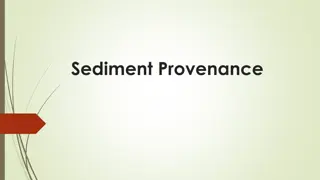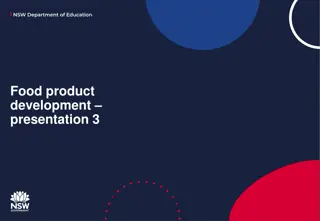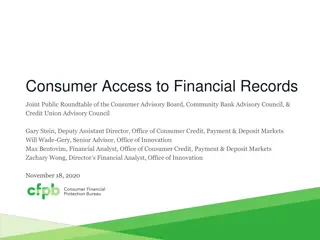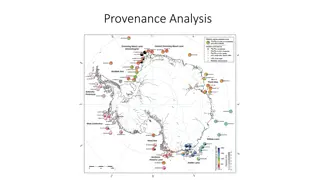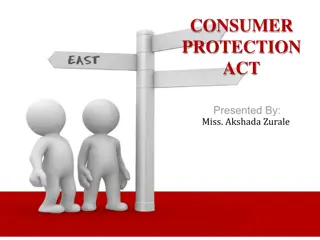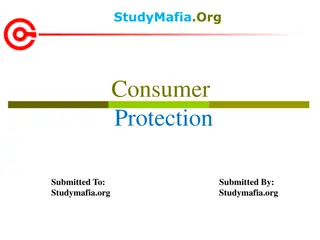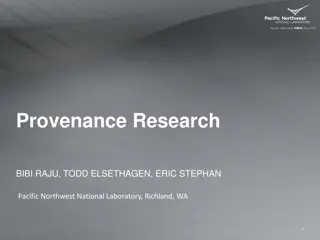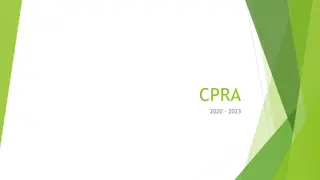Understanding Food Provenance and Consumer Awareness
Exploring the importance of food provenance, this article delves into how consumers can learn about the origins of their food and why traceability is crucial. Discover the significance of labels, consumer power, and the impact of imports and exports on the food industry. Gain insights into where our food comes from and the role of traceability in providing information to consumers.
Uploaded on Oct 05, 2024 | 0 Views
Download Presentation

Please find below an Image/Link to download the presentation.
The content on the website is provided AS IS for your information and personal use only. It may not be sold, licensed, or shared on other websites without obtaining consent from the author. Download presentation by click this link. If you encounter any issues during the download, it is possible that the publisher has removed the file from their server.
E N D
Presentation Transcript
FOOD PROVENANCE Pupils learn about origins of the food
Food provenance The term food provenance means where your food originates or comes from. Therefore depending on the food where is it caught, grown or raised. So, how do we know where the food we buy and eat originates from?
Food origins In the UK, the law states that food labels must include its place of origin. This way consumers know where their food is caught, grown or raised. If the food does not have any packaging, then sometimes you have to look at the labels on the shelving or boxes in the shop. Look at the labels on packaged food in a shop and record their country of origin.
Consumer power As more food is imported and exported around the world, the provenance of the food has become more varied. Many consumers now want to have more information about where their food is grown, caught, and raised. Why do you people want information about where there food comes from?
Traceability Some food producers and processing companies include a wider range of information on food packaging beyond the country of origin. This helps consumers to know more about the: - traceability of the food product throughout its production (including if has been processed in a different country than the food comes from) and - quality assurance about how the food has been caught, grown or reared and/or how the people involved the food production have been treated. Here are a few of the most common symbols you will find on food packaging. What do they tell us?
Where does our food come from? In 2019, just over half (55%) of the of the food consumed in the UK was grown in the UK. After that, foods were imported from other countries. The (EU at 26%), (Africa, Asia, North and South America each provided a 4% share). Why do you think the UK imports foods from other countries?
Import and exports So far, we have looked at where the food we consume in the UK is imported from. But the UK also exports foods to other countries. The chart here shows the value in ( billion) of the different food groups that were imported and exported to the UK in 2019. Which food group does the UK spend most to import? Which food group does the UK get the highest income from?
Food miles Many people have concerns about how much food we import to the UK particularly when we are importing and exporting similar food. For example, in the UK we grow apples. We export some of those apples to other countries and also import apples. The distance a food has travelled between being grown and consumed is known as food miles . Many people have concerns about the impact on the environment of transporting food long distances. Each journey that food is transported by plane, ship, lorry, etc uses fuel. This causes pollution and releases CO2 into the environment.
Food mile calculator How many food miles do you think some of these food have been transported? Mangos from Kenya, asparagus from Holland, coconuts from India. A food mile calculator can be used here to find out how many miles a food has been transported to and from the UK. It can also calculate the amount of carbon pollution produced by different types of transport.
For further resources on Food and sustainability, please visit Practicalaction.org/schools/ Thank YOU


